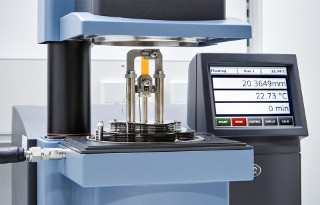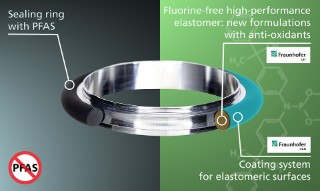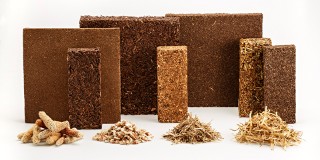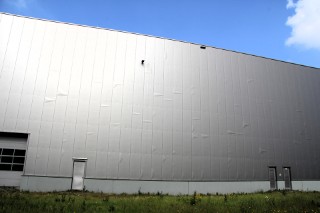
Elastomer failure needs to be detected quickly and easily — but how? Due the variety of failure patterns that occur on elastomer components, it is not always easy to establish the exact cause of a failure. In the internal Fraunhofer project, AI Failure Analysis of Technical Elastomers, researchers are exploring the possibility of objectively analyzing elasto-mer failures through artificial intelligence. The resulting process will be transferred to customer-specific applications at a later stage.
more info Fraunhofer Institute for Structural Durability and System Reliability LBF
Fraunhofer Institute for Structural Durability and System Reliability LBF







